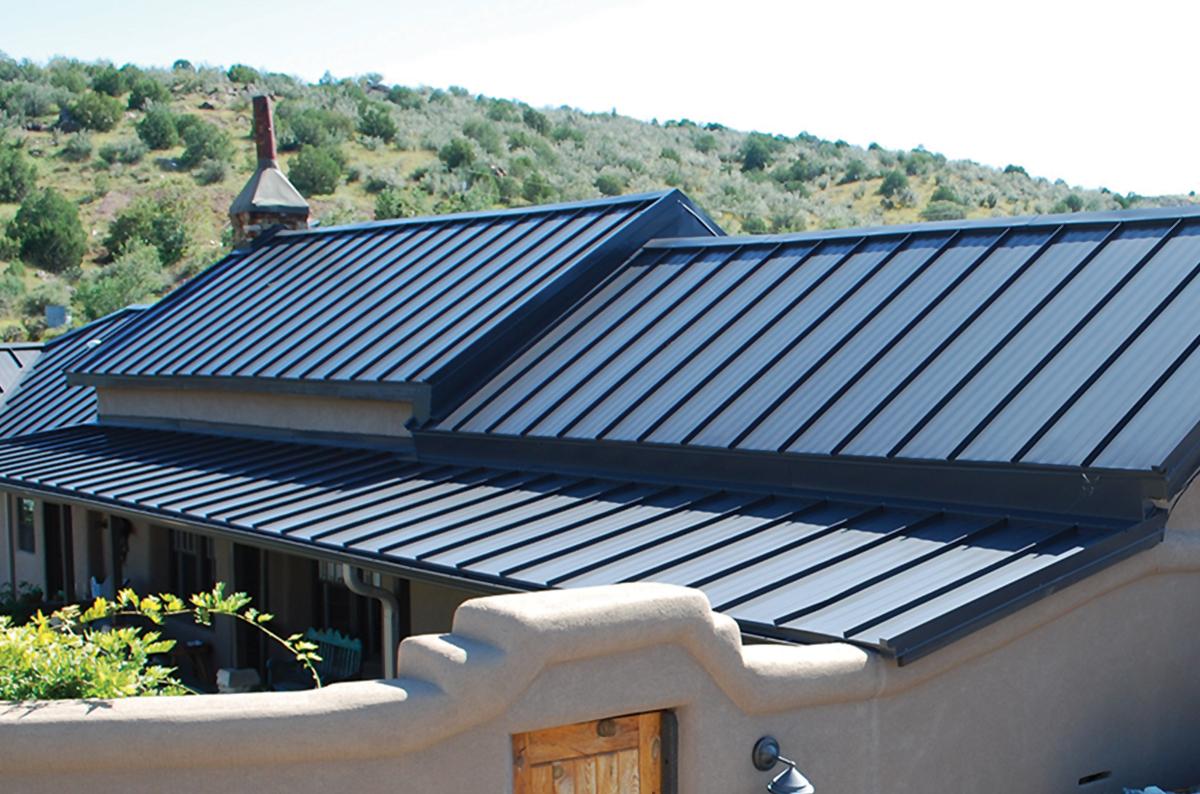Metal roofing has gained immense popularity in recent years, owing to its durability, longevity, and aesthetic appeal. However, when considering a metal roof for your home or building, understanding the pricing factors becomes crucial. Several elements influence the cost of metal roofing, impacting your budget significantly.
Material Choice
The type of metal used for roofing plays a pivotal role in determining the overall cost. Common metals include steel, aluminum, copper, and zinc. Steel tends to be the most economical, while copper, renowned for its longevity and beauty, stands at the higher end of the pricing spectrum. Aluminum strikes a balance between durability and affordability, making it a popular choice for many homeowners.
Roof Size and Complexity
The size and complexity of your roof heavily influence the pricing. Larger roofs naturally require more material, resulting in higher costs. Additionally, intricate roof designs or structures with multiple angles and slopes may increase labor costs due to the complexity of installation.
Roofing Style
Different metal roofing styles come with varying price points. Standing seam roofs, characterized by vertical panels with raised seams, are among the most expensive due to their installation complexity. Conversely, corrugated metal roofing, with its wavy pattern, tends to be more affordable.
Roofing Finish and Coating
The finish and coating applied to metal roofing impact both aesthetics and price. Specialized coatings, such as Kynar or PVDF finishes, offer superior protection against corrosion and fading but come at a higher cost. Choosing a premium finish adds to the initial expense but may result in long-term savings through reduced maintenance and increased lifespan.
Location and Labor Costs
Geographical location plays a significant role in determining metal roofing prices. Areas with higher living costs and stringent building codes often witness higher overall project expenses. Labor costs, influenced by local market rates and availability of skilled labor, also contribute significantly to the final price.
Additional Accessories and Installation
Accessories like underlayment, flashing, fasteners, and insulation contribute to the overall cost of a metal roofing project. Quality materials and proper installation techniques ensure the longevity and performance of the roof, impacting the upfront expenses but potentially saving money in the long run by reducing maintenance and repairs.
Warranty and Longevity
The warranty offered by manufacturers can affect the pricing of metal roofing. A longer warranty period often correlates with higher initial costs. However, considering the longevity of metal roofs (which can exceed 50 years with proper maintenance), investing in a higher-quality product with an extended warranty can be a cost-effective decision in the long term.
Conclusion
While metal roofing offers numerous benefits, understanding the factors influencing its pricing is crucial for budgeting purposes. Material choice, roof size and complexity, style, finish, location, labor costs, additional accessories, warranty, and longevity collectively impact the overall cost of a metal roofing project. Assessing these factors carefully can help homeowners make informed decisions, ensuring they get the best value while staying within their budget constraints.
